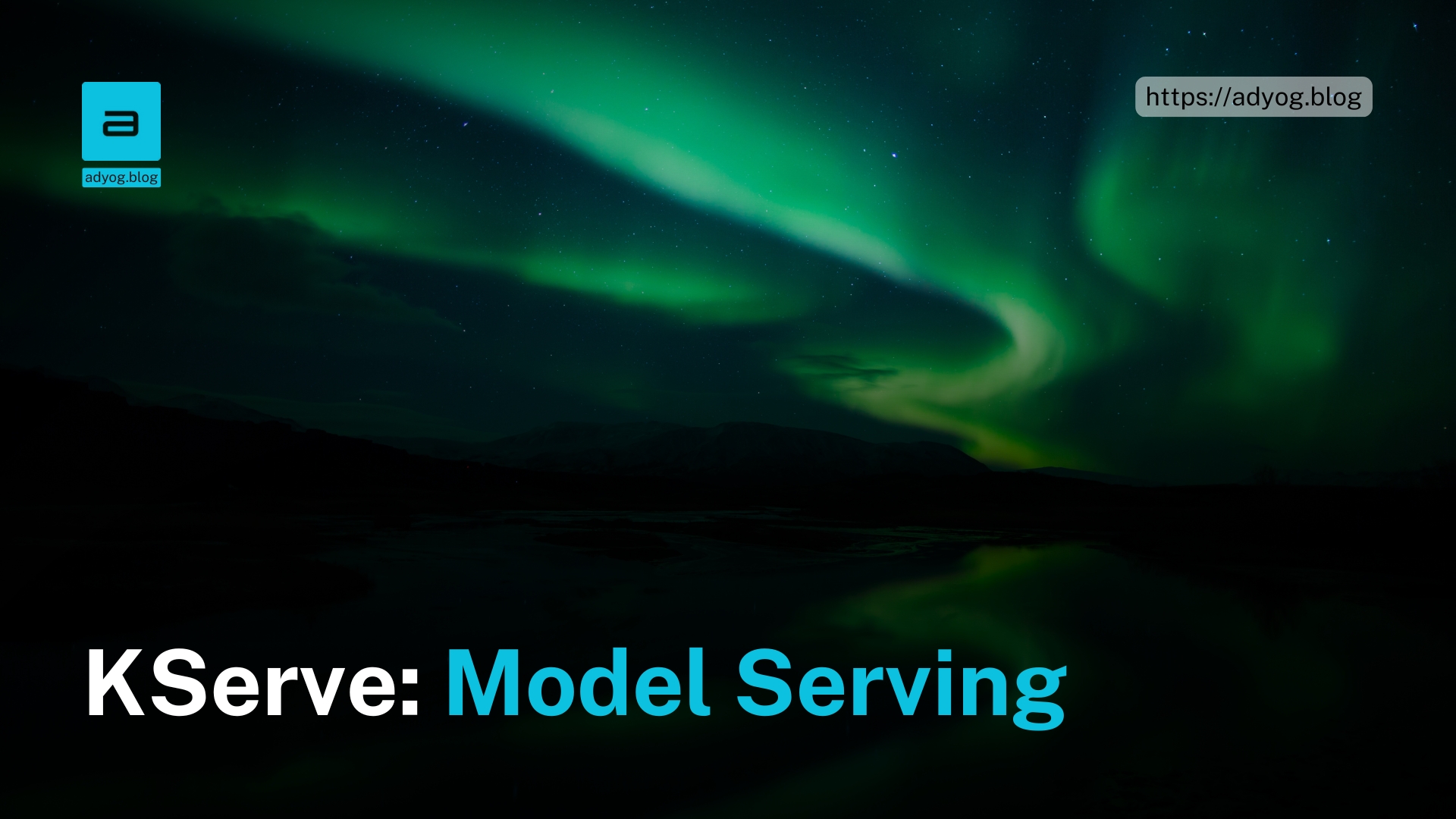As the demand for AI applications grows, the need for efficient and scalable model serving solutions becomes increasingly critical. KServe, an open-source tool evolved from Knative, addresses this challenge by offering seamless model deployment in Kubernetes environments. With its easy configuration, multi-framework support, and advanced features like autoscaling, KServe has become a vital tool for data scientists and ML engineers. This article dives into KServe’s features, limitations, and strategies to optimize model serving in Kubernetes.
Features of KServe
1. Easy Setup and YAML-Driven Configuration
KServe allows users to configure and deploy machine learning models using simple YAML files, enabling quick integration with Kubernetes workflows. This approach ensures that developers can focus on model performance rather than deployment intricacies.
Example YAML Configuration:
apiVersion: "serving.kserve.io/v1beta1"
kind: "InferenceService"
metadata:
name: "example-model"
spec:
predictor:
tensorflow:
storageUri: "gs://my-bucket/models/example-model"2. Multi-Framework Support
KServe integrates with popular ML frameworks, including:
- TensorFlow: Utilizes TensorFlow Serving for seamless inference.
- PyTorch: Leverages TorchServe for flexible deployment.
- Nvidia Triton: Supports GPU-accelerated inference with high performance.
3. Advanced Features
- Autoscaling: Dynamically adjusts resources based on workload demands.
- Canary Rollouts: Gradually shifts traffic to new model versions, ensuring minimal disruption.
- Multi-Model Serving: Optimizes resource utilization by serving multiple models on a single server instance.
Addressing Limitations
1. Handling Large Models
As machine learning models grow in size, KServe faces challenges with dynamic loading and resource management.
- Impact: Serving a 20GB model may result in pod startup times exceeding 30 seconds, compared to less than 5 seconds for a 1GB model.
- Workarounds:
- Model Compression: Techniques like quantization and pruning can reduce model size, improving load times.
- Preloading: Pre-fetching model weights into memory or using distributed storage systems can minimize startup delays.
2. Scheduling Limitations
KServe relies on Kubernetes’ default scheduling, which may not be optimized for ML workloads.
- Challenges:
- Inefficient GPU allocation.
- Delays in pod startup for large models.
- Solutions:
Integration with Data Management Tools
While KServe excels in model serving, it integrates seamlessly with other tools to manage the end-to-end ML lifecycle:
- Kubeflow Pipelines: Automates workflows like data preprocessing, training, and deployment within Kubernetes.
- MLflow: Tracks model performance, experiments, and deployments.
- Open Data Hub: A Red Hat solution that integrates KServe with data validation and feature engineering pipelines.
For a detailed guide on integrating KServe with Open Data Hub, refer to this article.
Comparison with VMware DRS
KServe’s Approach
- Leverages Kubernetes concepts like pods, deployments, and YAML configurations.
- Focuses on scalability and simplicity for ML workloads.
VMware DRS
- Optimizes VM placement across clusters using advanced scheduling algorithms.
- Offers deep integration with VMware-specific hardware.
Key Differences
- Flexibility: KServe supports multiple ML frameworks, while VMware DRS is VM-centric.
- Hardware Dependency: KServe is platform-agnostic, whereas VMware DRS works best in VMware environments.
- Limitations of KServe: Lacks advanced scheduling algorithms available in VMware DRS.
When to Use KServe
KServe is ideal for:
- Lightweight to Moderate Workloads: Efficiently handles small to medium-sized models.
- Cloud-Native Environments: Leverages Kubernetes for seamless scaling and orchestration.
- Multi-Framework Support: Suitable for TensorFlow, PyTorch, and Triton models.
- Integration with CI/CD: Its YAML-driven configuration aligns with DevOps practices.
Conclusion
KServe is a robust tool for serving machine learning models in Kubernetes, offering ease of use, flexibility, and scalability. While it faces challenges with large models and scheduling, these can be mitigated with strategies like model compression, custom scheduling, and integration with data pipelines. For organizations looking to streamline their ML workflows, KServe is a powerful ally.
For more insights and tutorials, explore the KServe documentation.





Leave a Reply